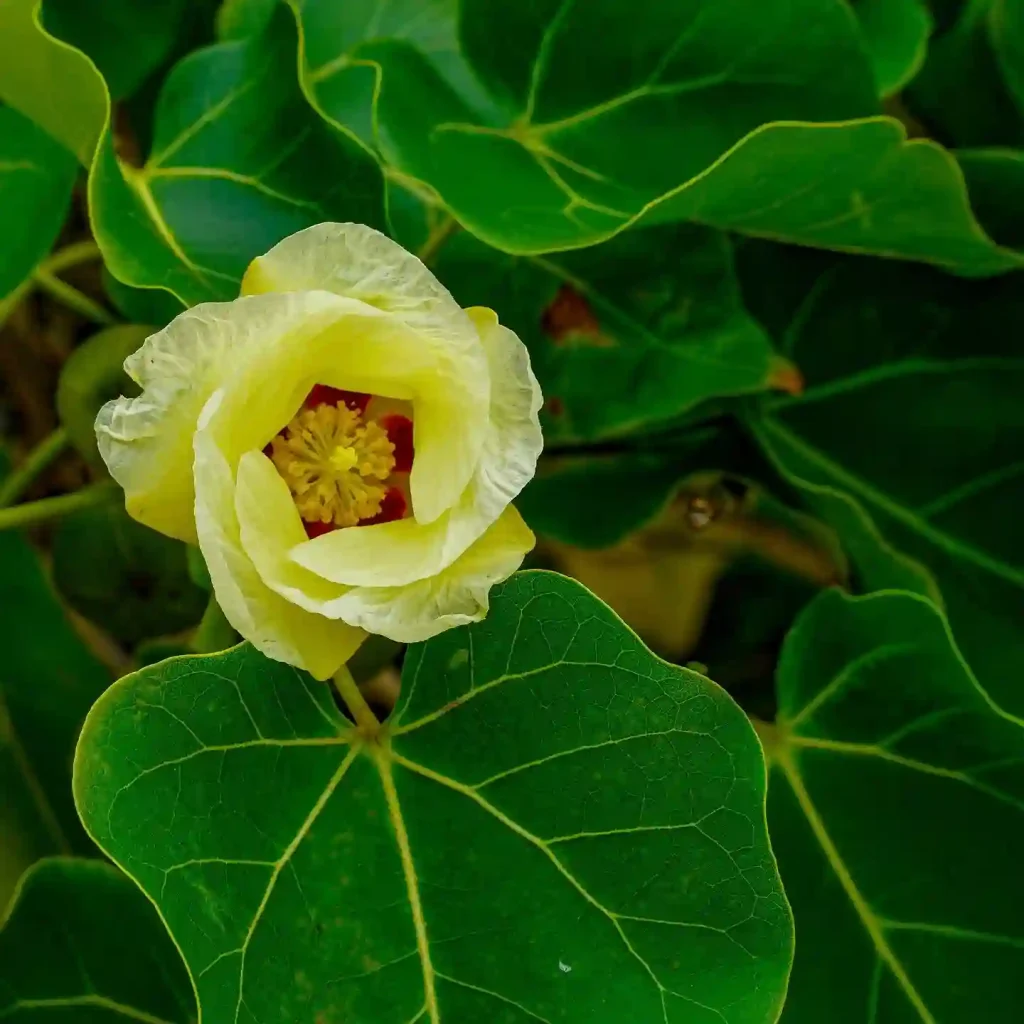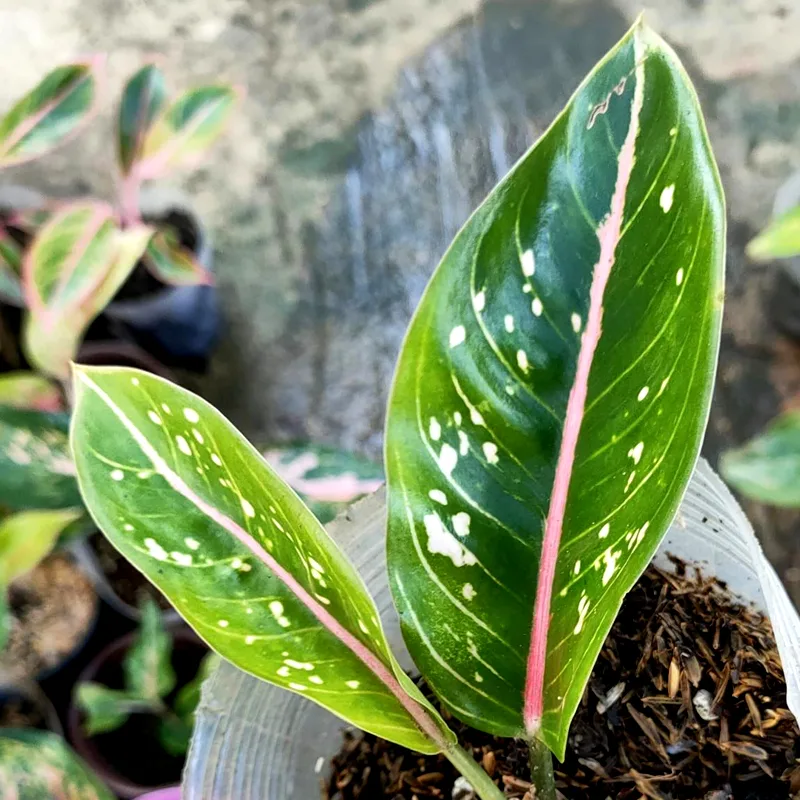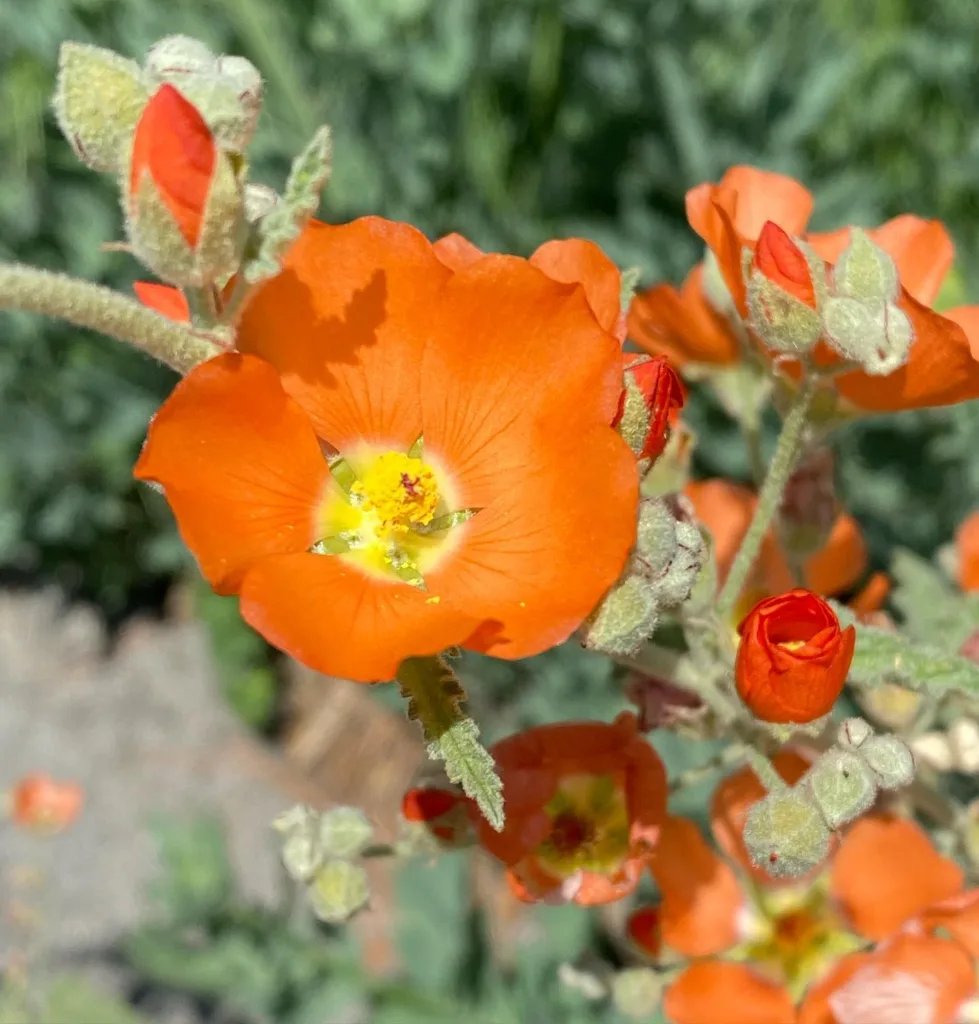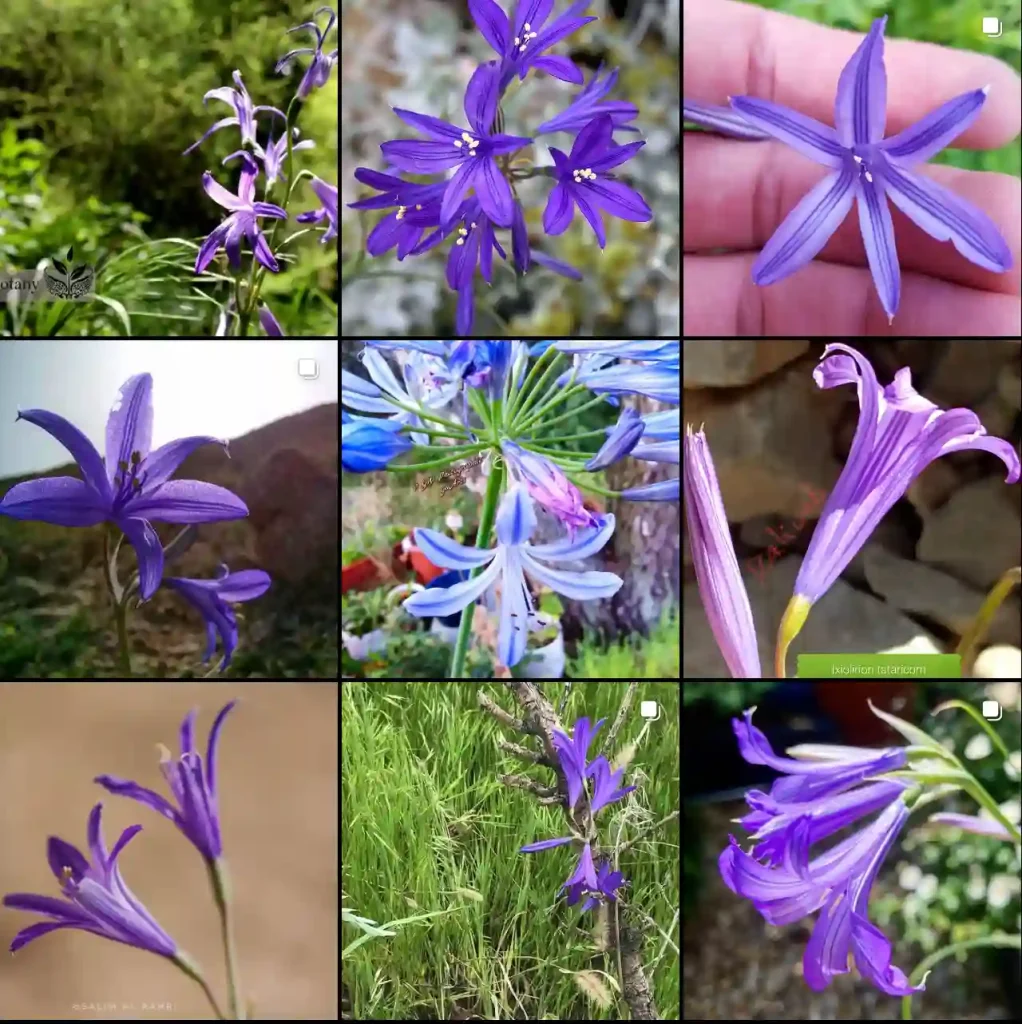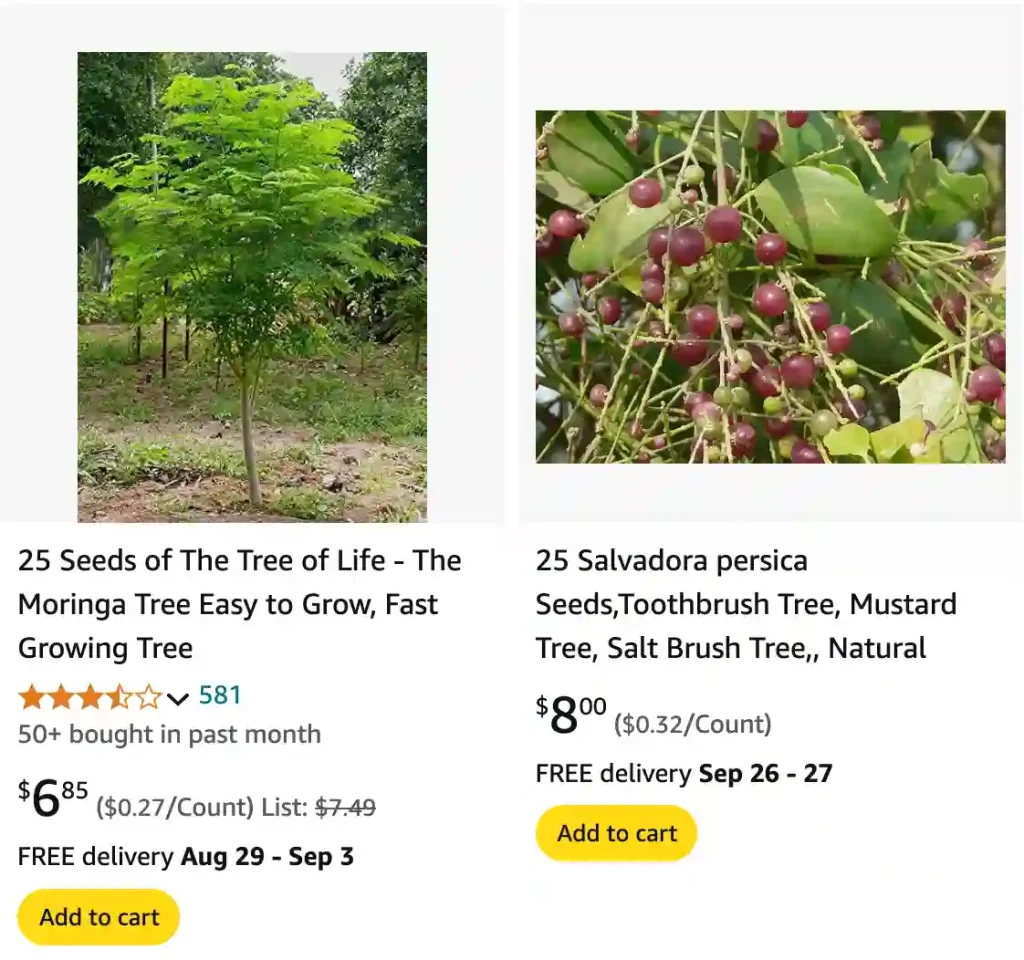
What is a Mustard Tree?
Mustard tree is the common name for several plant species in the Brassicaceae family. These plants are native to Europe, Asia, and Africa. They are typically grown for their edible seeds, which are used to make mustard. Mustard seeds have a strong, pungent flavor that is often used to add spice to food.
How big is a mustard tree?
Mustard trees are relatively small trees. They typically grow to a height of 2-3 meters (6-10 feet). The leaves of the mustard tree are large and lobed. The flowers of the mustard tree are small and yellow.
What does a mustard tree look like?
Mustard trees have a bushy appearance. The leaves of the mustard tree are green and lobed. The flowers of the mustard tree are small and yellow. The fruits of the mustard tree are small pods that contain the mustard seeds.
Do mustard seeds grow into trees?
Yes, mustard seeds can grow into trees. However, it is important to note that not all mustard seeds will grow into trees. Only mustard seeds from mustard trees will grow into mustard trees.
How to grow a mustard tree?
Mustard trees are easy to grow. They can be grown from seed or from cuttings. Mustard trees prefer full sun and well-drained soil. They should be watered regularly, but not overwatered.
How fast does a mustard tree grow?
Mustard trees grow relatively quickly. They can reach their full height in 2-3 years.
How long does a mustard tree live?
Mustard trees typically live for 5-10 years.
Mustard Tree vs. Mustard Plant
It’s easy to confuse the Mustard Tree with the mustard plant used for its seeds and leaves in cooking. The Mustard Tree is not related to the culinary mustard plant, which belongs to the Brassica genus. The culinary mustard plant is used for making mustard sauce and seeds, whereas the Mustard Tree is valued for its nutritional benefits and its role in traditional medicine.
How to care for a mustard tree?
Mustard trees are relatively low-maintenance. They should be watered regularly, but not overwatered. They should also be fertilized once a year. Mustard trees can be pruned to shape them.
How to propagate a mustard tree?
Mustard trees can be propagated from seed or from cuttings. Seeds should be sown in the spring. Cuttings should be taken in the summer.
What to plant with a mustard tree?
Companion planting can enhance the growth of your Mustard Tree. Consider planting with other tropical plants like:
Coriander: Adds diversity and can help in attracting beneficial insects.
Basil: Repels pests that might otherwise attack your Mustard Tree.
Is a mustard tree toxic?
No, the Mustard Tree is not toxic. In fact, it’s quite beneficial. The leaves, seeds, and flowers are edible and packed with vitamins and minerals. They’re often used in traditional medicine and can be a nutritious addition to your diet.
Benefits of a mustard tree
The Mustard Tree offers numerous benefits:
Environmental Benefits: It can be grown in poor soil conditions, making it a valuable plant for reforestation projects.
Nutritional Value: Its leaves are rich in vitamins A, C, and E, and its seeds are high in protein.
Medicinal Uses: Traditionally used for various health issues, including inflammation and malnutrition.
Common problems with a mustard tree
Common issues include:
Watering Issues: Both overwatering and underwatering can stress the plant.
Pests: Watch for aphids and scale insects.
Diseases: Fungal infections can occur in humid conditions.
Understanding these aspects of the Mustard Tree can help you grow and care for it effectively. Whether you’re interested in its rapid growth, nutritional benefits, or unique appearance, this tree is a valuable addition to any garden.
If i die, water my plants!
